
A couple of days ago, we posted an article about an impressive collection of tools under development by Bruno Postle, which shows an impressive demo of the Urb framework to create a full building in 10 minutes with Blender. The process required only a polygon model with faces for the script to insert doors, windows, and a lot more architectural details.
Did you like that Demo? If you did, here is another demonstration of the Urb framework in action with the Topologise Add-on for Blender. In the video, you can check again how the workflow to make a full building incredibly fast.
To make things even more interesting from an architectural development point of view, the model output is in BIM format. Notice on the Outliner how it uses the IFC structure to make all the parts use IFC compatible geometry.
According to the developer, it is still unfinished and requires a lot of work. Still, the demo itself shows some amazing possibilities for Blender to become even more part of an architectural design workflow.
How to get that Add-on? It is part of the Urb framework, and you can get it from this link. It is free and open-source.
Using Blender for architecture
Do you want to use Blender for architecture or render your projects using Cycles or Eevee? We have three books available that could help you!
They cover the use of Blender for producing architectural content and also all information you need to render projects in real-time:
- Blender 2.9 for architecture: Modeling and rendering with Eevee and Cycles
- Blender 2.8 parametric modeling: Drivers, Custom Properties, and Shape Keys for 3D modeling
- Blender 3.0: The beginner's guide
- Blender 2.8 for technical drawing
- Blender Eevee: The guide to real-time rendering with Blender 2.8
You can get them in both digital and paperback formats. By ordering those books, you will not only improve your skills with Blender for architecture but also support Blender 3D Architect.

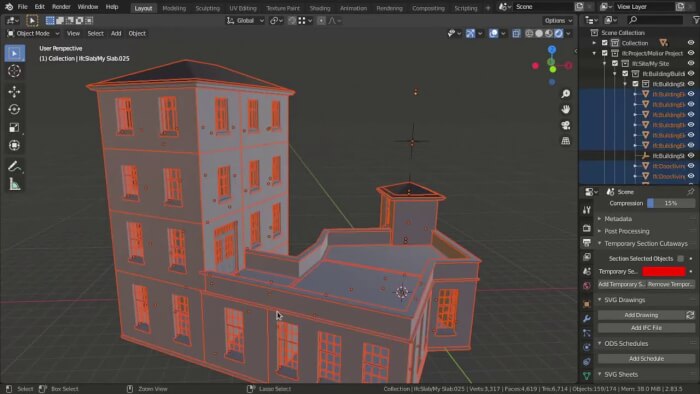
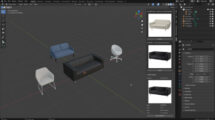
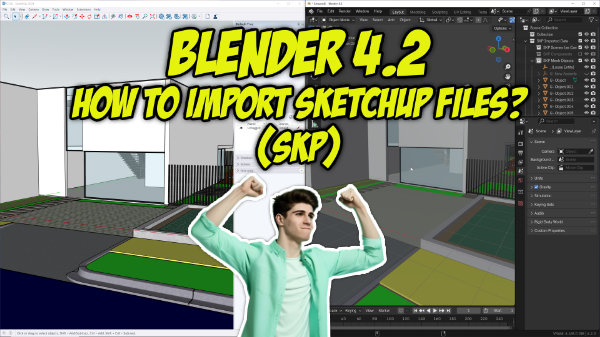
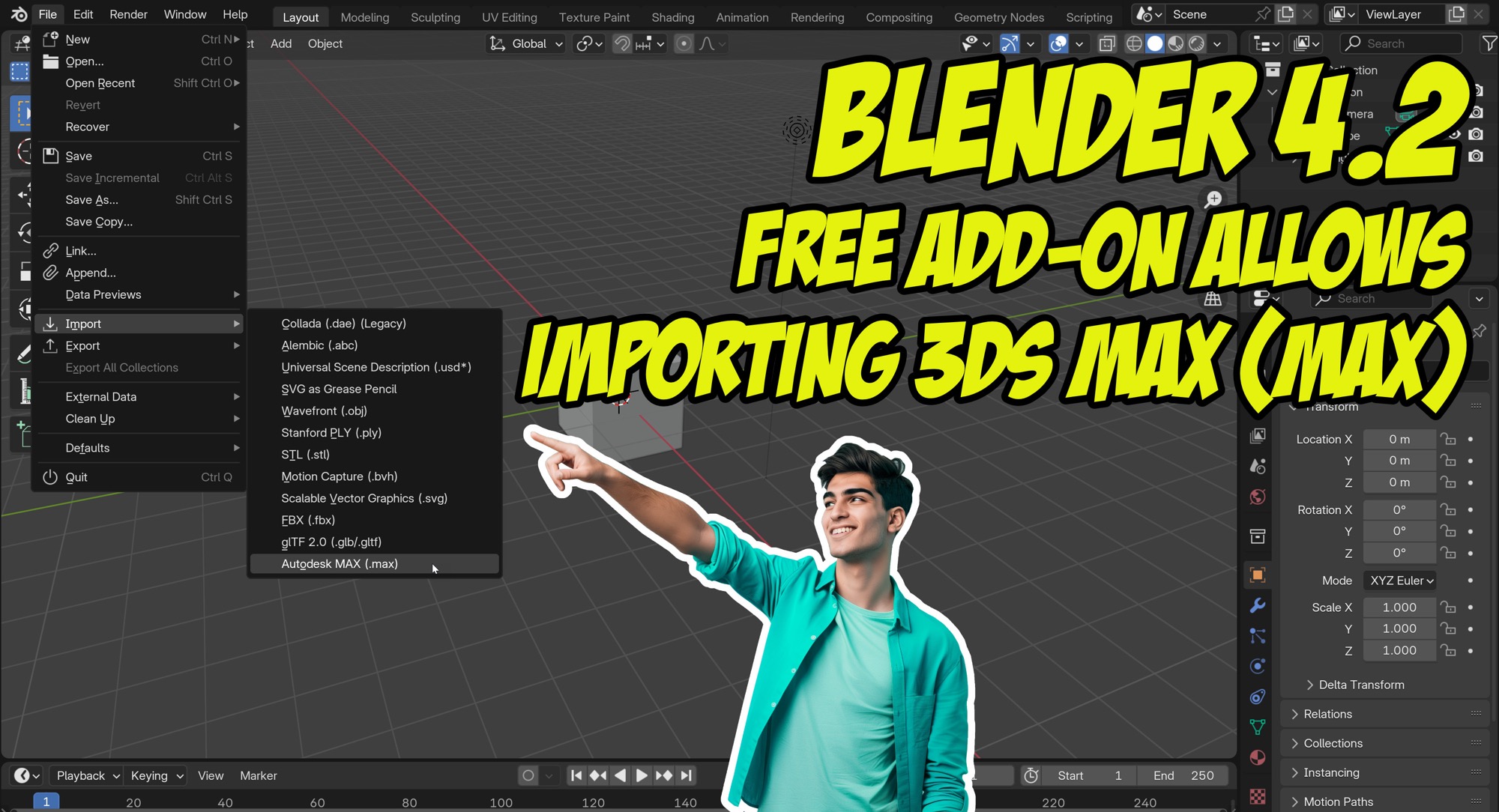
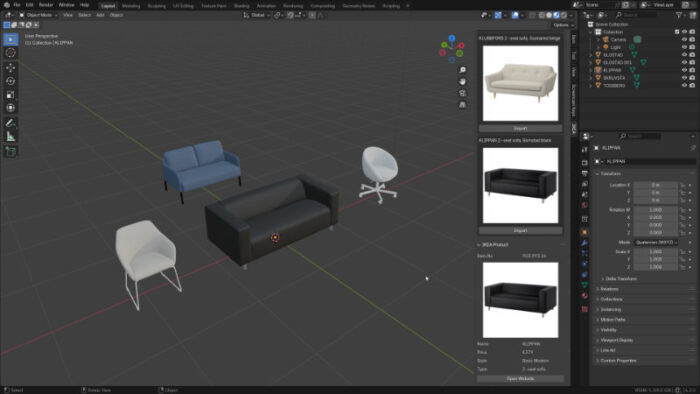

Wow, that is incredible work. Thanks for sharing this info, Allan!